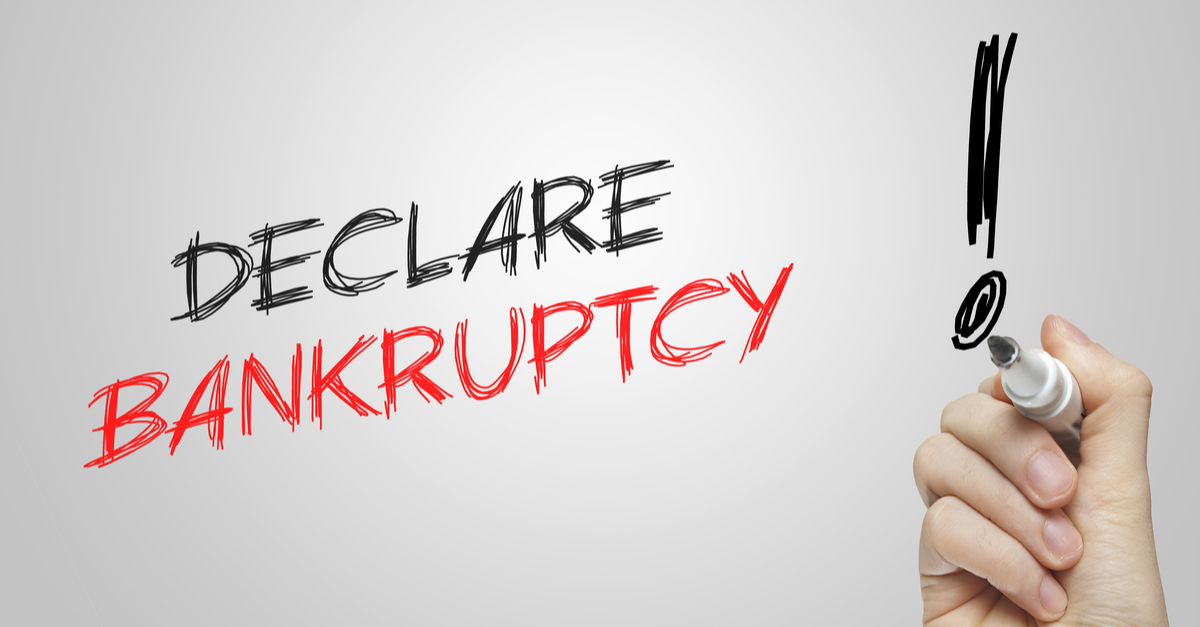Submitted by Jeff Bursell on

For anyone to truly understand and appreciate the value bankruptcy brings to society and to the debtors who file for bankruptcy protection, you need to understand the history of bankruptcy. Through the years, declaring bankruptcy has taken different forms and methods – including depictions in the media. While not all-together accurate, media depictions like Michael Scott’s declaration in The Office bring humor to the bankruptcy process.

Ancient Beginnings
The beginning of bankruptcy law is found by reading Deuteronomy 15:1-3 in the bible:
At the end of every seven years, you must cancel debts. This is how it is to be done: Every creditor shall cancel any loan they have made to a fellow Israelite. They shall not require payment from anyone among their own people, because the Lord’s time for canceling debts has been proclaimed. You may require payment from a foreigner, but you must cancel any debt your fellow Israelite owes you.
The Quran teaches that debtors should be given time to pay back his debts. As recorded in the Quran’s second chapter, debtors should be allowed a “postponement until a time of ease.”1
Ancient to Medieval Civilizations
Ancient Greece
- If a debtor were unable to pay his debts, he, his wife, and children could be forced to be debt slaves until the debt is paid in full.2
Ancient Rome
- Creditors could dismember a debtor’s body. Then the body parts would be distributed to all the creditors in proportion to the amount of debts owed.3
Medieval Italy
If a debtor were insolvent, he could expose his naked body in public and bang his backside on a public post while loudly proclaiming “I am bankrupt” three times.4
Medieval France
- Debtors would have to wear a Green Cap at all times to indicate that he had not paid his debts.5
England to the Colonies
England
- Debtors were subject to imprisonment, flogging, publicly cutting of his hair, branding his palm with a “T” for ‘thief’, and “publicly piercing his ear with a nail before cutting it off.”6
- In 1829, imprisonment for debtors was reached as high as 7,000 prisoners.7
Colonies
- Debtors prisons made their way from England to the colonies and continued in the United States through most of the 1800s.
Today, we have evolved enough so that we do not have debtor prisons, we do not have dismemberment, we do not have branding irons, and we do not have to get naked and be publicly humiliated. Bankruptcy laws have evolved.
1 See http://en.wikipedia.org/wiki/History_of_bankruptcy_law
2 Id.
3 Alan N. Resnick and Henry J. Sommer, eds., Collier on Bankruptcy, 16th Ed., 20.011 (2009 update)
4 See Resnick and Sommer, supra at 20.01.
5 Id.
6 Rafael Efrat, Bankruptcy Stigma: Plausible Causes for Shifting Norms, 22 Emory Bankr. Dev. J., 481, 482, (2006)
7 Martin A. Fray and Sidney K. Swinson, Introduction to Bankruptcy Law, 6th ed. (2012) at 2.


